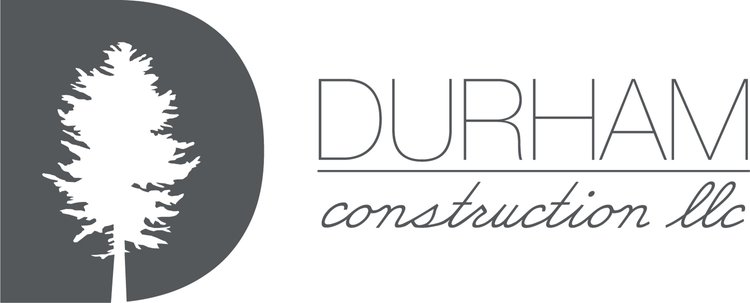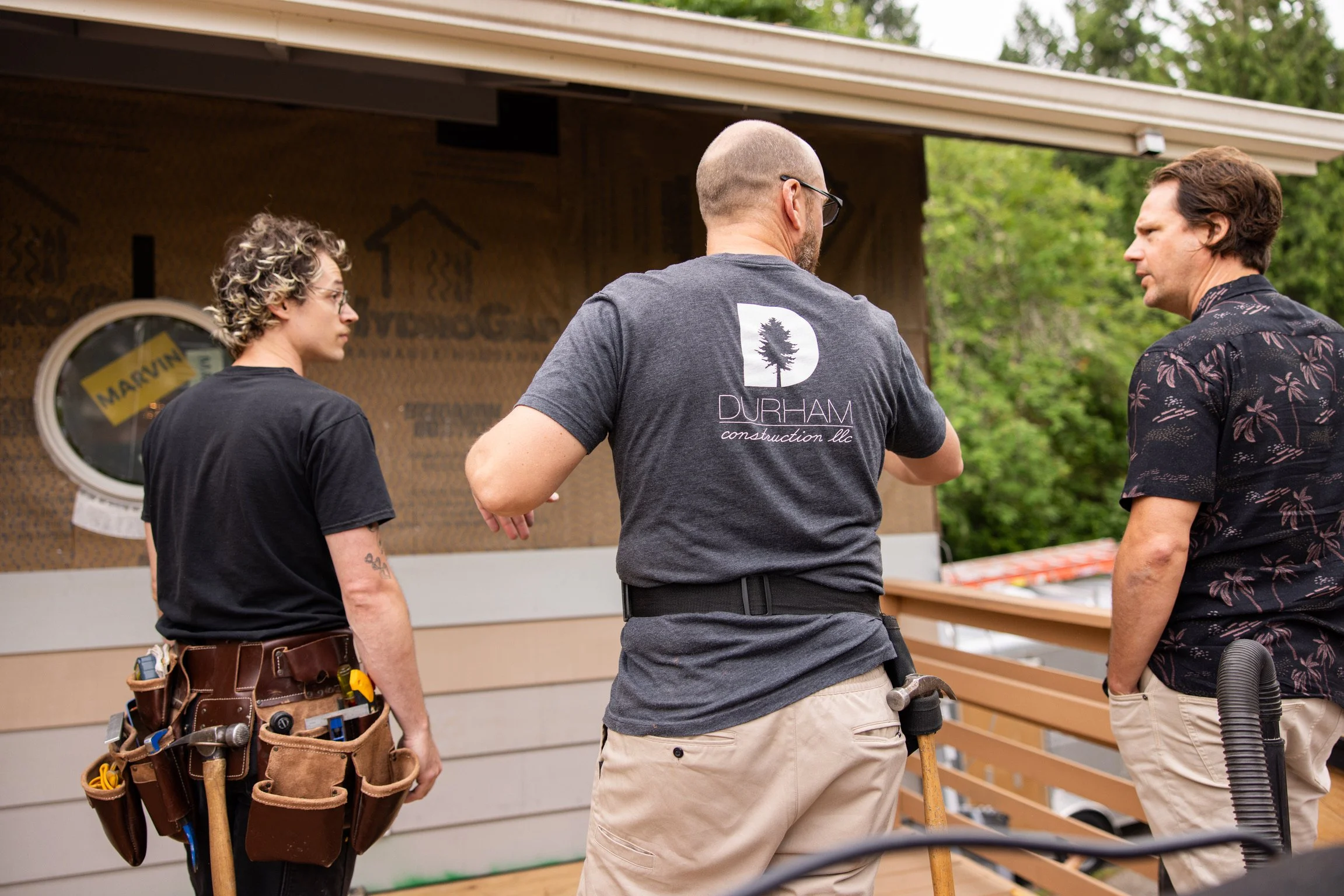In the aftermath of Covid-19, the home construction industry has undergone significant adjustments due to overall economic changes, as well as supply chain challenges. Although costs have stabilized, over the past three years overall construction costs have risen about 35%. As homeowners are faced with sticker shock, understanding the intricacies of construction costs becomes imperative. This article explores the multifaceted aspects of budgeting for home construction projects, identifies key cost drivers, offers effective strategies for budget management, and the significance of transparency throughout the process.
Understanding Cost Fluctuations:
The Impact of Economic Shifts on Construction Costs
In recent years, the construction industry has witnessed unprecedented fluctuations in material prices, most notably in lumber costs. The initial surge, fueled by supply chain disruptions and increased demand, significantly disrupted the market. However, as supply chains have gradually stabilized and lumber prices have begun to level out, homeowners and builders are finally getting some respite. By staying informed about economic dynamics, homeowners can better anticipate the impact of economic cost fluctuations on their projects.
Key Drivers of Project Costs:
The Factors that Influence Budgetary Considerations
Several factors play a key role in determining the overall cost of a construction project, each requiring careful consideration during the budgeting process. Among the primary drivers are:
The scope and complexity of the project - renovations to or additions of bathrooms and kitchens often being the highest cost projects per square foot
Site accessibility
Terrain conditions
Regulatory requirements
Potential engineering needs
Material choices
Residing on-site during the project
By identifying and prioritizing these key drivers, homeowners can develop a more accurate and realistic budget for their construction endeavors. The importance of thorough research and building a trusted relationship with the construction team responsible for executing the project are key.
Effective Budgeting Strategies:
Proactive Measures to Manage Costs and Mitigate Risks
Achieving a successful construction project within budget requires proactive planning, strategic decision-making, and open communication among all parties contributing to the project, including the homeowners. Engage architects, designers, and contractors early in the process, ensuring that the project's design aligns with the established budgetary parameters. By setting clear expectations and priorities from the outset, homeowners can avoid costly design revisions and mitigate the risk of going over budget. Assembling a trusted team of contractors and professionals who understand and respect budget constraints fosters a collaborative environment conducive to cost-effective project completion.
The Iterative Design Process:
Leveraging Collaboration and Transparency for Budgetary Success
The Iterative Design Process (IDP), a relatively new concept in home construction, contributes significantly to successfully managing a construction project budget. By creating a collaborative team, including the homeowners, early in the design process, the IDP model fosters cooperation, communication, and transparency. Through continuous feedback loops, homeowners, architects, designers, and contractors can collectively ensure that the project's design and execution remain aligned with the established budgetary framework. IDP empowers homeowners to make informed decisions throughout the project lifecycle, enabling them to achieve their vision while adhering to budgetary constraints.
“The single most important thing a homeowner can do before starting a project is to be 100% transparent about what your budget is.” (Daniel Durham)
Navigating Budgetary Challenges:
Strategies for Avoiding Cost Overruns and Scope Creep
Despite meticulous planning and proactive measures, construction projects may encounter unforeseen challenges that impact costs and timelines. Whether due to unforeseen site conditions, material shortages, or design changes, addressing cost overruns and scope creep requires adaptability and effective risk management strategies. Maintain open lines of communication among the team working on the project, promptly addressing issues as they arise and collectively exploring viable solutions. Maintaining a contingency fund within the project budget provides a financial buffer to accommodate unexpected expenses without derailing the project's progress. By remaining aware and proactive in addressing budgetary challenges, homeowners can navigate unforeseen hurdles with confidence.
The Value of Service:
A Priceless Non-Material Cost to Consider
The value of service should not be overlooked as part of the home construction budgeting process. Transparency is the cornerstone of a collaborative partnership throughout the project lifecycle. Select a contractor who is trustworthy, transparent, and communicative, with multiple testimonials backing up the claims they make. By receiving clear insights into budgetary considerations, material choices, and project logistics, homeowners are empowered to make informed decisions that align with their vision and financial constraints. Through consistent delivery on promises, proactive problem-solving, excellent communication, and unwavering support, contractors have a distinct opportunity to earn the trust and loyalty of homeowners.
Embrace Transparency, Collaboration, and Strategic Planning
Navigating home construction costs requires a multifaceted approach that encompasses strategic planning, open communication, and a commitment to transparency throughout the project lifecycle. By understanding the key drivers of project costs, embracing effective budgeting strategies, and leveraging collaborative models such as the IDP approach, homeowners can navigate their construction project with confidence and clarity. By prioritizing transparency, fostering trust among the construction team, and remaining adaptable in the face of challenges, homeowners can transform their visions into reality while staying within budgetary constraints.

